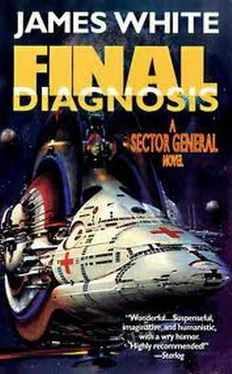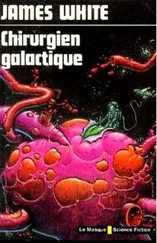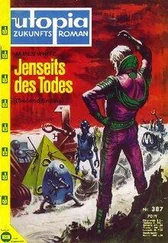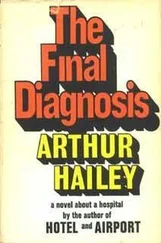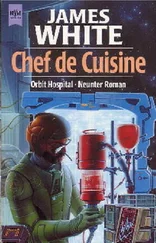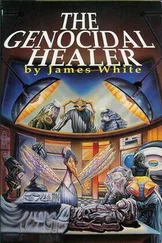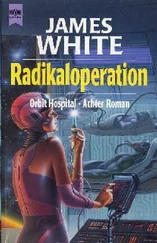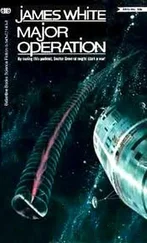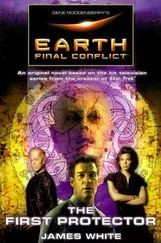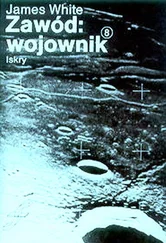“Wait,” O’Mara broke in, and there was a suspicious edge to his tone when he went on, “Are you saying that the memories were diluted, changed, or even edited?”
“Diluted with the passage of time,” Hewlitt replied, “but not distorted. You have experience with treating telepathic species and must know that it is impossible to lie with the mind. I know everything that was in the mind of the virus creature, who, because there seems to be only one of it, does not have a name. That includes its future intentions, which in a telepath cannot be concealed or edited in any way.
“Go on,” said O’Mara.
“During the recent second visitation,” he continued, “I was made aware of the memories of all its previous hosts. Strongest were those of Lioren, Cherxic, and the other members of the Telfi gestalt among whom it was invited to transfer at will. When you think about it, an organized, self-aware, intelligent virus has much in common with a gestalt entity. But it was the Telfi contact telepathy that enabled it, for the very first time, to achieve perfect communication with other sapient beings. Without knowing how or why, this was the ability it had been searching for all of its life. But even more important were the Telfi radiation-based metabolism and experience in adapting their horrendous environment to their needs, together with their promise of long-term cooperation that will, hopefully, enable the virus creature to make another and most hazardous future change of hosts. That was the reason for the initial investigation and experimentation, unsettling for the hospital staff but never life-threatening, that caused the problem with the power-generation and control systems.
“I don’t have the technical vocabulary, but it seems that the structure of the virus is such that it is possible for it to interpenetrate and exert a measure of control on the subatomic level.”
Hewlitt paused for a moment, then moved onto more familiar ground. He said, “I was also given the Morredeth material and, strangely, the feelings of the creature from the time I first became its host as a child. That was a weird experience. Before that there was its time with Lonvellin, and before that a succession of non-sapient hosts stretching far beyond even its own recollection.
“The virus creature is old, very old…
There was no knowing what environmental influences had caused it to evolve intelligence or if there had ever been other sapient virus creatures; it could well have been a genetic accident and unique of its kind. In the beginning its hosts had been small, and rather than infecting and killing them through uncontrolled proliferation as did normal pathogens, it tried to insure its own longterm survival by maintaining the hosts in optimum physical condition for as long as possible. It transferred when, in spite of its efforts, a host grew too old or was killed by a larger predator, whereupon the predator became the new host.
A great many centuries must have elapsed before the highly intelligent and extremely long-lived explorer Lonvellin visited its home world and, believing that no off-world pathogen could affect it, took no precautions and acquired a most unusual and unique parasite.
Instinctively the virus realized that it had found an organism that could be made to survive for a very long time indeed, but the new host’s body was so massive and strange and complex that it had extreme difficulty adapting to the new surroundings. Lonvellin, however, who must have been subject to many irritating and uncomfortable illnesses during its long life, would have deduced the virus’s presence and capabilities from the fact that the incidence of its former maladies was dropping toward zero. But at that time the virus creature could not communicate with its host, nor was it aware of the reasons why certain obscure metabolic processes were taking place in that massive and confusing body. All it was able to do at the time, and then only with great difficulty, was to maintain its host in the same physiological condition as it had been in when found.
The virus made mistakes.
One of them, its stubborn retention of dying skin material which would normally have been discarded and replaced with new growth, brought Lonvellin to Sector General. Another was allowing the then Senior Physician Conway to trick it into leaving its host and revealing itself as a separate entity. At this stage in its continuing evolutionary development the virus creature was sapient but not very bright.
After it was reclaimed by Lonvellin, it traveled to Etla, where it had a narrow escape from the nuclear detonation that killed its host. That incident came close to killing the creature as well, but instead resulted in a structural mutation which later enabled it to enter and adapt to a radiation-eating Telfi host.
It saved the Hewlitt child’s life twice, after the poisoning and potentially lethal fall from a tree and following the flyer crash, but it was still making mistakes, such as halting the blood circulation by arresting the heart so as to give it more time to negate the effect of any fast-acting foreign medication introduced, which eventually resulted in the adult Hewlitt being sent to Sector General. It was learning, however, and becoming increasingly aware of the host’s mind and feelings as well as its own. The process began with Lonvellin, but the incident with the mutilated cat was more important than was realized because it was the first time that the virus had been influenced by psychological factors, specifically the emotional pressure of a child’s grief for a dying pet, into changing hosts.
“The transfer was temporary,” Hewlitt went on, “because it was not in the creature’s interests to move from a long-lived host to a small and shorter-lived one. By then it was being driven by curiosity and the urge to experiment as well as by its need to survive into the indefinite future, but for a long time there were only Earthhumans like myself available and it had not yet fully understood the workings of my body. By the time I arrived here it was becoming intensely curious, more aware of its surroundings and hungry for the new experiences that were available in a place that is filled with very interesting and long-lived potential hosts. When it felt my sorrow and sympathy for Patient Morredeth and I accidentally touched, or perhaps was subtly influenced by it to place a bare hand on, the wound where the fur had been destroyed, it transferred to its first Kelgian. Later it moved to the Padre and then to Cherxic and, in turn, to each of the surviving members of the Telfi ship gestalt, where the latest and most significant but not, it believes, the final adaptation occurred. From the telepathic and technically highly specialized members of the ship gestalt it learned how to communicate mind-to-mind with its subsequent hosts, and to understand and control at the particle level the radiation on which the Telfi live. The covert and Telfi-guided experiments with the hospital’s power system were part of its learning process.
“Now it has everything it needs to survive into the indefinite future,” Hewlitt went on. “Individual Telfi will die, many with less frequency now that it is moving among them, but the gestalts replace or increase their membership and will continue to amass information and experience. It has found the perfect host species. With the willing cooperation and the radiation-absorption mechanism of the Telfi as its launching point, it will grow in size and intelligence and power, and it will continue to evolve until it is able to populate the stars or, a risk which it fully accepts, kill itself in the attempt.
“The hospital will not be troubled with the virus creature again.”
In his earpiece there was a long, hissing silence that was broken by a voice that was so quiet and distorted with emotion that it could have belonged to anyone.
Читать дальше
